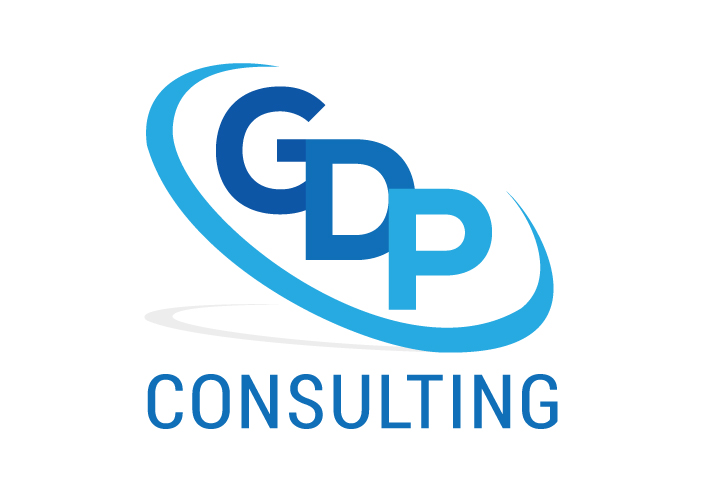Introduction
Lately, I have heard so many stories relating how board members’ personal agendas are diverting their boards’ attention away from their governance roles. This article will examine three stories and provide suggestions to improve each situation.
1: The Buses
Situation:
There are decisions to be made about bussing as the end of school year draws near. The board acknowledges that this is a management decision. The members want to be involved in the details and tell the CEO what decisions to make.
Questions for the board
ü Do you have policies which address your concerns?
ü What prudent decisions about bussing cannot be left to the CEO?
ü What are your personal agendas?
ü What would happen (risks) if you did not engage in this discussion and make decisions which the CEO must implement?
ü What are the risks if you do engage in decision making in this area?
ü If board members did not have personal agendas would the board be considering this issue?
ü What message are you conveying to stakeholders by engaging in this discussion?
ü What message are you conveying to the CEO when you make decisions in this area?
Suggestions
- Decide which aspects of bussing belong to the board and which will remain with the CEO.
- Avoid engaging in discussions which rightly belong with the CEO.
- Make introductions or convey information to the CEO enabling him to do his job effectively.
- Clarify your role with stakeholders.
- Support the decisions of the CEO.
- Speak with one voice as a board.
2: The Program Offerings
Situation:
A non-profit board has its mandate and program offerings set. However, certain board members obtained seats on the board because they intend to change the ages of the users who qualify for specific programs. They also want services removed from certain clients and offered to other clients.
Questions for the board
ü Do you have the best interest of all of the users at heart or are you only aiming to meet your own needs?
ü In what other areas are you willing to override the professional staff?
ü How will your decision affect future funding and fund raising efforts?
ü Will your decision splinter the organization?
ü What happens when you leave the board, can other board members change things to suite their agenda? Are you okay with that process?
ü If you focus on management issues who will complete the governance agenda?
ü Is it your intention to leave a positive legacy with this board?
Suggestions
- Ensure all board members agree on the mandate.
- Honor the limitation of all funding agreements
- Consider the gaps in services and constructively devise ways to close the gaps without penalizing anyone.
- Consider the short- and long-term risks associated with any changes.
- Refrain from making promises the organization cannot fulfil.
- Look for other sources of support for your child, sibling, parent, or significant other.
3: Representing a Staff Member
Situation
A board member believes that it is essential for the board to know the issues faced by staff members on a daily basis, bring their issues to the board table, and find resolutions to the issues.
Questions for the board
ü Are you potentially undermining the authority of the CEO and his team?
ü Are you paralyzing the decision-making power of the CEO?
ü Will the CEO be left looking over his shoulder wondering what other decisions you are going to make in the future?
ü Is it possible you could create human resources problems for the organization or make decisions which could create dangerous precedents for the future?
ü What is your personal agenda and how will this affect the board in the future?
ü What risks do you pose for the board if you demand that it engage in problem solving for staff?
Suggestions
- Clearly outline the role of the board and the CEO in human resource issues.
- Outline the risks associated with board involvement in human resource issues.
- Find a way for board members to resolve their issues without derailing the board’s agenda.
- Clearly outline the limits of each board member as an ombudsman.
Final Comment
It is easy to become engaged in issues which are outside the normal scope of board responsibilities. However, it is also important to ensure that all board members understand the difference between governance and management, where the boundaries lie for your organization, and the communication channels for different types of situations.


